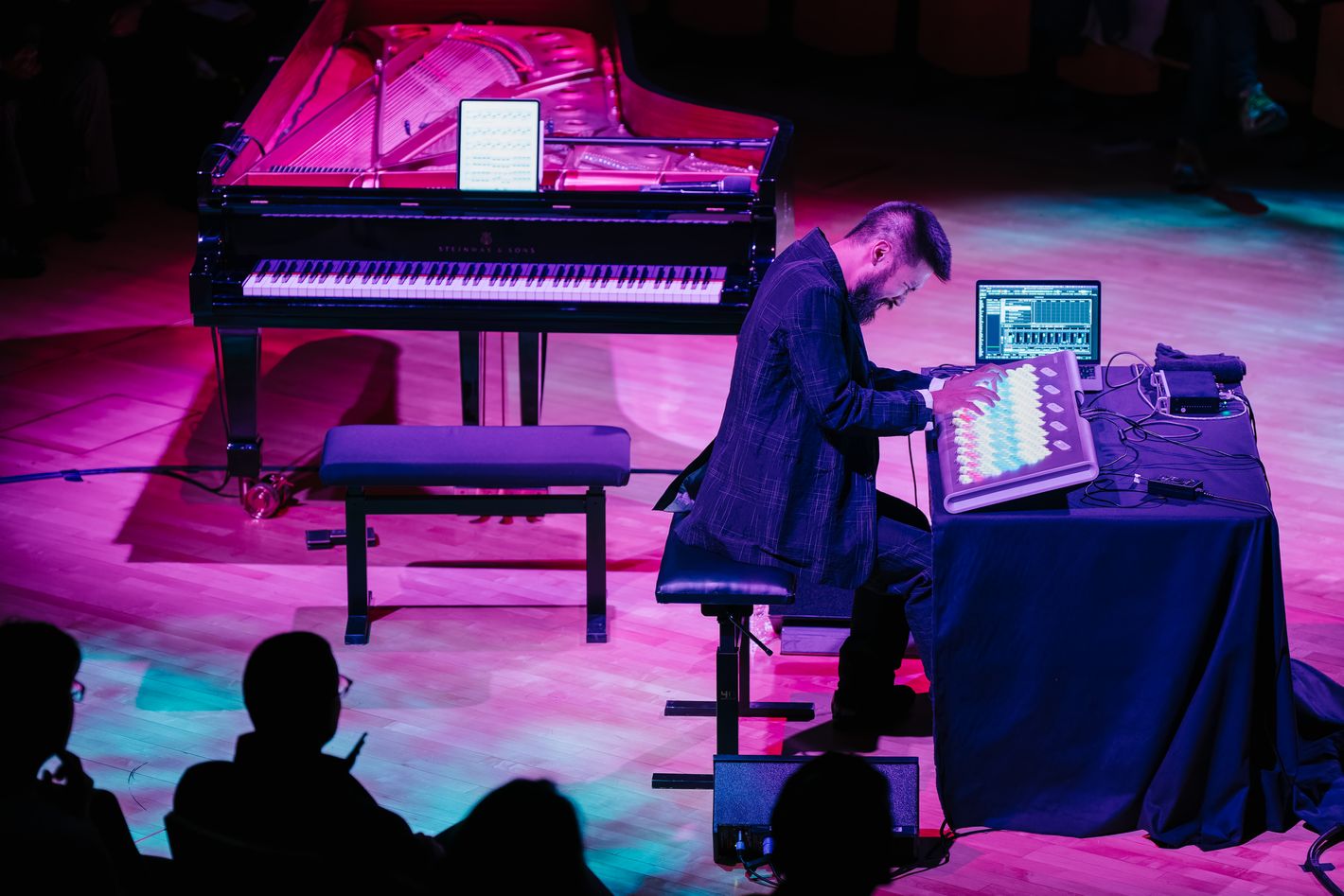- Home
- Yachts
- Antique Cars
- Art & Collectibles
- Art Basel Miami 2024
- Boats
- Business
- Cars
- Entertainment
- Events
- Fashion
- Real Estate FL
- For Sale
- Jets
- Jewelry
- Lavish Solutions
- Lifestyle & Travel
- Luxury Cars
- Luxury Goods
- Mathematics
- News Headlines
- Politics
- Real Estate
- Sports
- Watches
- Yacht Charter , Superyachts , Megayachts
- Services
- Policies & Information
- Home
- Yachts
- Antique Cars
- Art & Collectibles
- Art Basel Miami 2024
- Boats
- Business
- Cars
- Entertainment
- Events
- Fashion
- Real Estate FL
- For Sale
- Jets
- Jewelry
- Lavish Solutions
- Lifestyle & Travel
- Luxury Cars
- Luxury Goods
- Mathematics
- News Headlines
- Politics
- Real Estate
- Sports
- Watches
- Yacht Charter , Superyachts , Megayachts
- Services
- Policies & Information
- Home
- Yachts
- Antique Cars
- Art & Collectibles
- Art Basel Miami 2024
- Boats
- Business
- Cars
- Entertainment
- Events
- Fashion
- Real Estate FL
- For Sale
- Jets
- Jewelry
- Lavish Solutions
- Lifestyle & Travel
- Luxury Cars
- Luxury Goods
- Mathematics
- News Headlines
- Politics
- Real Estate
- Sports
- Watches
- Yacht Charter , Superyachts , Megayachts
- Services
- Policies & Information
Conrad Tao at Carnegie Hall: Ten Digits, Plus Some Ones and Zeroes


The pianist and composer Conrad Tao, a phenomenal talent and a mighty creative force, had the brass to treat his first Zankel Hall recital as a work in progress rather than a meticulously packaged event. Positioning the two halves of Debussy’s dozen études as bookends, he fleshed out the middle of the program with his own improvisations, arrangements, and compositions, and a detour to the latest in electronic instruments. All of it suggested a musician who isn’t ready to settle down yet, and, I hope, never will be.
With Zankel Hall rearranged to put the piano at the center and the audience on four sides, Tao continually swiveled to emcee his own concert, as if to create a late-night, clubby atmosphere. Having copied down Art Tatum’s intricate, filigreed 1953 version of “Over the Rainbow,” he played it in a manner that was hardly Tatum-esque at all — more glittering and deliberately virtuosic, less like a freshly baked fantasy. But if he arrived as a bearer of standards, steeped in an assortment of venerable traditions, he also came off as a young man with a new gizmo, eager to show off how it works.
Pianists command western music’s most versatile tool, but they are still frustrated by its physics. A finger presses a key, triggering a hammer that knocks against a string — that’s it. Once the note has started, it’s gone, like a bullet from a gun. The pedals can keep the string from quitting its vibrations for an extra couple of seconds, but you can’t bend the note or nudge it louder; you can only hit the next one. So pianists crave sustain, an ordinary thing when you’re drawing a bow across a string or blowing air through a tube, but an out-of-reach superpower when you’re playing the king of percussion instruments. For that, you need electronics.
Tao has lately become a devotee of the Lumatone, a groovy, neat-o, color-shifting keyboard that six decades ago would have sounded like a Moog synthesizer’s younger brother. In theory, it can do anything: let a chord ring all week, summon a choir of seraphim or parakeets, unleash an orchestra of sledgehammers — even sound like a piano. In practice, Tao made a muddled case for it, using sonorities at the tinny, lo-fi end of the spectrum and producing a multitude of grumbling drones. (There are already way too many drones buzzing us in the world, reminding us to buckle seatbelts, foreshadowing murders in TV crime series, overseas, and manipulating the psyche in assorted other ways.)
Moving back to the analog keyboard, Tao demonstrated what the Lumatone aspires to. In a work for traditional piano, Keyed In, he extracted a cathedral nave’s worth of overtones from a nine-foot grand. He rumbled and roared around the bass register, triggering choirs of high harmonics that were barely audible yet gave substance and richness to the sound. He punched out repeated notes with the ferocity of a flagellant, forcing himself to the kind of relentless motion that makes the carpal tunnel scream and the forearm clench. I can see why he was drawn to a digital instrument that would replace some of that effort with settings.
All of that messing around with sonorities, that urge to push both piano and hands to their technical limits using elegance rather than bombast, flows to Tao from Debussy. In 1915, with World War I savaging Europe and cancer rampaging through his body, he wrote some of the most physical and powerfully sophisticated music of the time. An étude is a piece that springs from a motion of the hand: fingers rapidly hammering on a single key, say, or eight fingers meeting the keyboard at the same time. Keep pounding, trilling, or skipping along waves of notes, and your hands take flight. Debussy turned those athletic demands into explosions of obsessive invention, and that’s where Tao is perfectly at home. He gets these pieces’ physicality, relishes the punishment, and glories in the moment when the music seems to spin free of the limitations of sinew and muscle and bone.
Related

Latest News
For Sale! 2016 Sea Ray 350 Sundancer – $180,000
Reel Deal Yacht is pleased to feature a meticulously maintained 2016 Sea...
Early Registration Discounts for Fall Sports Now Open!
Get Moving This Fall with Rome-Floyd Parks and Recreation! As the leaves...
Dakota Johnson Steps Out for a Walk Adorned in Over $130,000 Worth of Jewelry
Dakota Johnson: A Casual Stroll with $130,000 in Jewelry In the world...
Texas Tech pitcher NiJaree Canady signs a second $1 million-plus NIL deal, AP source says
Texas Tech pitcher NiJaree Canady has signed another $1 million-plus NIL deal,...
Aces, BetMGM Sportsbook team up: What this means for the WNBA
The announcement last week was made in true Las Vegas fashion, boldly...












